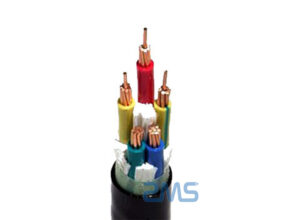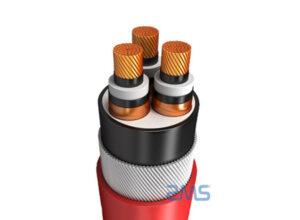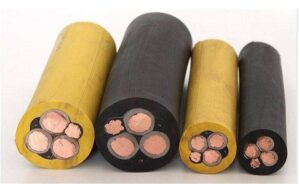Regarding the allowable long-term working temperature of wire and cable cores, rubber insulation is usually 65℃, PVC insulation is 70℃ and cross-linked polyethylene insulation is 90℃. The maximum allowable temperature of the conductor during a short circuit (the longest duration does not exceed 5s): is 160°C for PVC insulation and 250°C for cross-linked polyethylene insulation. ZMS cable production company to introduce the difference between XLPE cable and PVC cable.
pvc cable
The Production Process and Selection of Cross-Linked Insulated Cables
Although there are many varieties of cross-linked insulation, they are mainly divided into two categories: physical and chemical cross-linking. The quality of the insulation is identical, so in the national standard GBl2706-91, there is no distinction between the cross-linking methods used.
Cross-linked insulation has been dominant in power cables, replacing oil-paper insulation, and gradually replacing PVC plastic insulation. Although there are many varieties of cross-linked insulation, it is mainly divided into two categories: physical and chemical cross-linking, and its insulation quality is completely consistent. Therefore, in the national standard GBl2706-91, no distinction is made as to which cross-linking method is used.
PVC Cable Material Has These Five Major Problems, How To Solve Them?
The composition of PVC cable material is: PVC as the base resin, add stabilizer, lubricant, inorganic filler, etc., after mixing and kneading extrusion and preparation of the particles. PVC cable material is still one of the most used cable materials.
When using PVC cable material, porosity, surface roughness, and brittleness may occur. We discuss in detail the causes of these phenomena:


